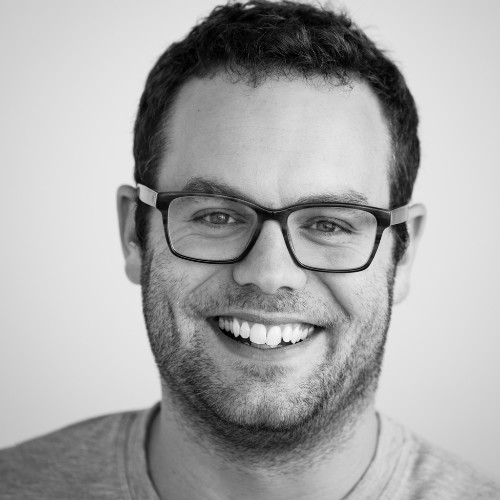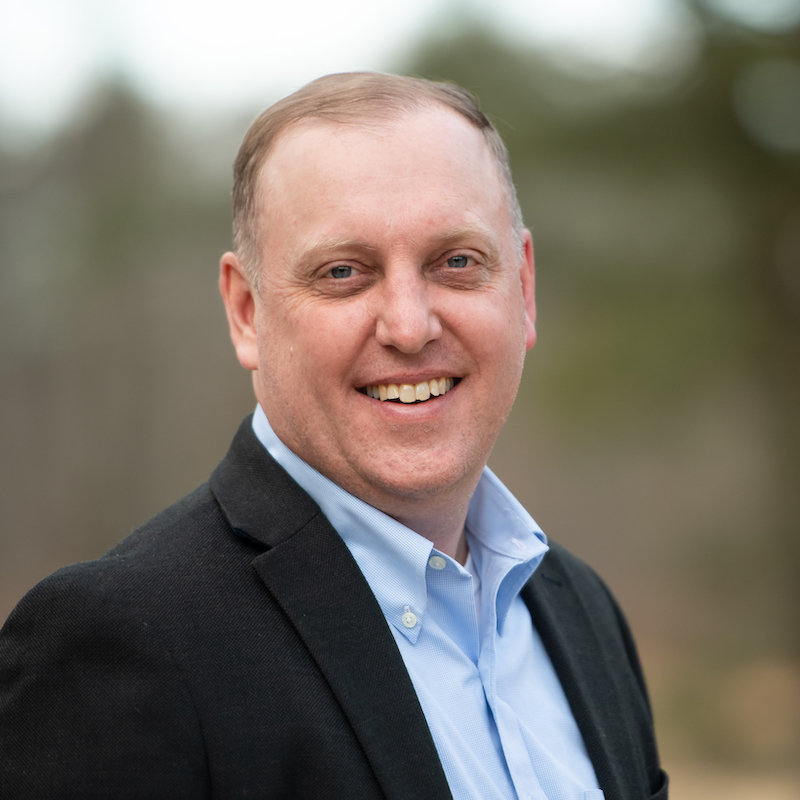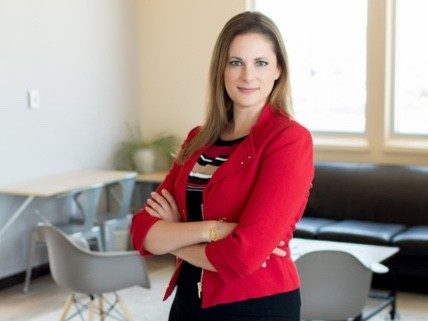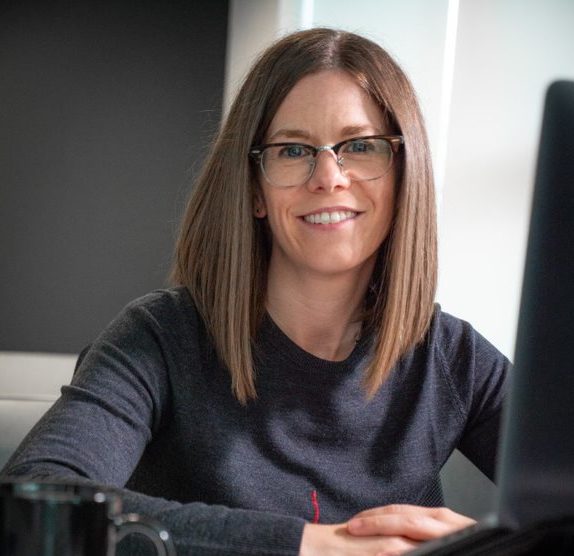At the beginning of digitalization, we had computers for specific things. Now thanks to software, most of our focus at work is spent looking at computer screens and not focusing on human interactions. Mark Williams tells us how we can stop using computer for everything and start building relationships that matter.
What we learned from this episode
-People don’t expect to be forever now. Jobs are now two parties coming together for a period of time to fulfill a particular thing.
-Software used to be like a pottery wheel that allowed us to do what we wanted. Now the software is the art on its own.
-Human to human relationship is resistant to automation
-Every business will become a software business
What you can do right now
-Create an alliance agreement to set up an adult relationship where expectations are set.
-Stop using computers for everything at work. Start focusing on human interactions too.
-Be vulnerable, create vulnerability with other people.
-Share stuff about you that’s not related to work. This helps people to understand you better.
Key quotes
“…..be vulnerable yourself, create vulnerability with other people. So, to be aware of the power dynamic that your team members have with you. And that’s why you do peer to peer feedback”
“…..HR should be at the heart of everything that happens with people and technology influences way more than anything else, how people are allowed to work, then we need to be in those conversations”
Links mentioned
Today, our guest is Mark Williams. He’s the head of product at People First and this is Work Minus Computers. Hi, Mark. How are you today?
Hi, Neil. I’m good. Thank you.
Very excited to have you on the show today. Why don’t you start off telling us about yourself and about People First as well?
I run the product teams at People First. So, I started off from an art and design background. And then I became a developer and went into research after that. So, both research in terms of organizational psychology and people and then how technology can help or not help. And that’s my route through into where I currently am. So, People First is effectively a project that was if you start with a blank sheet, what are the things about work that you can fix? And how can we do that in technology? And what are the bits that we can’t do in technology? So, People First is both an ethos around work, and also supporting software for it.
So, you said what are the things about work we can fix. What was the first big problem you guys tried to solve?
The first one is mostly not to do with any software. It’s to do with the employee employer relationship and how you can have an alliance between employees and employers. So, we don’t expect work now to be forever. Those kind of jobs have gone. And so, the two parties are coming together for a period of time to fulfill a particular thing. And so, what we looked at is whether you could have an alliance agreement that is almost just stating upfront what your expectations are from both sides so that it sets it up for an adult relationship rather than an old fashioned parent child, working relationships we’ve had since Victorian times. And so, I think that that’s the key to everything else that goes on top of it. Because then that and making sure that real world conversations take place are the two key bits to what we do. And there’s all sorts of other clever stuff going on in the background. But the key to it is a very kind of offline, face to face, even if it’s remote, conversation that is underpinned by an agreement that this is how we expect work to be.
We’ve had a few guests on the show that have also talked about this dynamic of either a parent child relationship that’s setup or even something where it’s almost, like, it’s me and the equipment that I use. So, how does it look different if we’re actually recognizing, hey, we’re working with other humans, we’re working with other adults that are just like us? How does that change the nature of how work was and how it should be?
A lot of this is to do with agency in terms of the employee themselves and having a look at work from… I think we tend to tend to kid ourselves that we’re going to be together forever. And the reality is that’s not the case. And so, it can work in different ways. So, based on these conversations about what your motivations are, you can go more autonomous or more targeted, depending on your personality type. So, what we try and do is, say, it’s about personalization. So, there’s plenty of things in the consumer world, which are personalized, but we still put in boxes when we get through the work door. So, it’s almost like the best boss you’ve ever had or the best team you’ve ever been in knows about you as the whole person. And what we’re trying to do is scale that out in a human centric way rather than what I’ll be talking about this morning, which is about the technology being at the center of the room. So, what we’re trying to do is make the people bit of People First really important.
Let’s get into this. We titled this episode Work Minus Computers. You lead a software company, the head of the product there. And yet, we’re saying Work Minus Computers. Stop using computers for everything. What do you mean by that?
I’m not suggesting we all go and live in the forest. Although that might be nice for the weekend. But if we go back to the beginning of digitalization, we had computers for specific things. So, they made numbers easier. They they made writing easier. But somewhere along the line, we wanted them to do everything, probably when email came in and everybody wanted to talk to everybody. But now so because there’s a plethora of stuff, the focus of work is a screen. And the software providers don’t help because they’re very pleased with themselves and want to show off what they can do. But again, it’s all about what’s on the screen, not what the human is able to do. So, we’ve gone from being initially like a pottery wheel, a tool that actually allows the human to do what they need to do to something where it’s all about the technology. And actually, we’re slightly entrapped in it, more than slightly entrapped. I would say most people’s work, they think work is what is on the screen rather than anything else that’s outside of it. And mobiles have helped a bit in terms of, yes, you can carry them with you. But then with mobiles, we’ve got a very needy, chatty… So, what we’ve done is taken the consumer route of we need your attention. So, in terms of normal apps on a mobile, especially social ones, we need your attention because we want to sell the advertising around that. But that’s seeping into work software where actually I want you to tell me what I’ve got to do in the lightest way possible and then let me get on with what I need to get on with. So, much more like for those who’ve got assistance, for instance, it’s a very light touch what they do, but the point of it is to help that person go through what they need to do as frictionless as possible, and let them get on with it.
So, Mark, in your job, let’s say that all of the computers at your company crashed and you couldn’t use any of them. What would actually happen at your office?
I think it would be hilarious. I’d like to try it out, actually, and see what they’d do. I mean, that’s the thing, isn’t it? It’s almost like, well, that’s the end of the day. And that’s crazy to think about because there’s so much that the human to human interaction that we’ve taken out, which I’ll talk a bit more about, which is actually resistant to automation that we don’t do or we mediate through other things. So, I mean, my workplace, like anybody else’s, would be struggling.
Everyone pack up and go home because nothing to do. So, your software does a lot of things within HR, which is one area where it seems like everything is just on this death march towards complete digitization, as much as possible we’re going to fit into there. What’s it going to take to ring the bell and say, hey, I think we’ve gone too far?
A lot of what I talk about is just a healthy skepticism of techno utopia, the fact that computers can fix everything. And now, it’s a maybe as to whether we can pull it back, I think, because we’re marketed to and buyers will buy in a business based on, “you can save this amount of money,” but it never really comes to fruition. We’re always based on a promise that doesn’t actually come to fruition. And part of my job in what we’re trying to do here is to actually bring something that is human centric. It’s a surprisingly difficult problem and one that isn’t nailed at all. What was the original question, Neil?
Just what it would take for as an industry?
So, basically, don’t believe the hype. So, let’s say we do go through to a complete digitalization. There’s a problem there, too. So, I was at a people analytics conference last year where we were talking about a homogony, so if you let AI do your recruitment and you let AI do all the management stuff, that is modeled on a specific type of employee and you’re not going to get any cognitive diversity by doing that, which, ultimately, will mean that you’ve got all the same people thinking all the same way, which won’t work, it won’t give you the edge that you’ll need. So, it’s almost like the whole idea of metrics over experience, so experience doesn’t matter anymore because we’ve got the data, and how that’s just not true. And so, I think it will blow itself, not blow itself out totally, but will go a full circle where we’ll buy into it so far and realize that actually we’ve thrown the baby out with the bathwater and the people skills that we desperately need and the experience that we need will come back in.
I find it very interesting that we’ve had someone else come on and talked about people analytics, and it seems like the people who are closest to the software and developments are the ones that are actually being the most cautious and being the most skeptical about we should use this information, but don’t trust it that much. There’s a lot more out there.
Well, that’s right. But unfortunately, those people aren’t the people who are trying to sell it to you. And that’s why I think what’s important for your listeners is that we need to get a bit more savvy and a bit more skeptical to how to challenge those things.
Let’s talk about some specifics. Just within HR, what would you say are some current work problems that are good for computers to handle and what are some that should be kept as far away as possible and just say you can’t enter this area?
I think there’s a lot of talent. So, talent acquisition, as I just talked about, so the whole recruitment based on AI. I think that’s very green at the moment, and I think there’s so many legal and just a balance of power issues with that. I would be incredibly cautious before I go down any of those routes. I think it’s okay as a guide. But really, people analytics with AI is too green to do anything, I think. I’ve done a talk on YouTube as to if you’re being suggested that you do that, there’s a whole set of checklists that you need to go through. So, I think that’s not correct. So, coming back to employee agency, there’s a lot that we do which is about learning about yourself and what you want and need, which is private to the employer and resides in a private space. I think that’s really important. So, the idea as to why was this a good day? Why was that a bad day? So, it’s almost like the ultimate devolution of HR, a lot of the agency goes on the employee. Again, it’s not a parent child, it’s an adult to adult, then there is an onus on the worker to say, okay, what is it that I can do for me outside of this alliance and then we can bring it. So, think there’s so much work. It’s a bit like Fitbit for work. There is so much scope for more things like that, which would be great because I think the bits that are not exposed to the employer don’t go through that power relationship. So, I think that is an area that we can do a lot more with.
You said earlier that that human to human relationship is resistant to automation. Can you expand on that a little more?
I think it was an Oxford study that they looked at what jobs are most likely to be automated in terms of what skills could be done the quickest by current technology. And the two ones that were really resistant were face to face, persuasion, empathy, and then the other one was just creative thinking. I don’t mean creative, like painting, but for all of us to be able to think differently. So, they’re the two ones which are which are most resistant.
What are some things you would tell someone who’s leading a team as they have interactions with their team members, how can they make sure to have extremely human interactions and to really leverage down on those relationships?
So, I think there is a power dynamic at work, some of them you probably talked about before. So, it’s being vulnerable yourself, create vulnerability with other people. So, to be aware of the power dynamic that your team members have with you. And that’s why you do peer to peer feedback. So, I think that’s one way that you can get to know them. But I think another crucial one is who they are outside, as I was saying, outside of work. There’s something that we do in People First where there are four questions. I can’t remember what they are at top of mind, but it goes on your profile. So, what’s your favorite movie, or what do you like to do, what’s your favorite place. And so, we were looking for stuff that didn’t sound too data-y, but really do give you an idea of something very comfortable that everybody can share, and then they go on your profile and you can get more of a rounded person rather than the box that they are currently in at work, if that makes sense.
Are there any other guardrails that you’ve set up at People First to make sure that you stay very human in some ways?
So, whenever we bring in new functionality, we look at what’s the worst thing I could do with this effectively. So, we’re not naive about some fantastic workplace where all bosses are great and generous. So, we think about within this structure, if I wanted to exert my power incorrectly over whoever it was, then how can we do that? So, there’s a regular check in so we make sure that these regular conversations are taking place. And when that happens, both parties get sent a message, straight after, to say, what you heard, what bits did you think that you heard, and to do that manually takes a long time, and to have that scheduling. And that’s what we’re trying to do. We’re trying to scale up. So, making the humancentricness, but scale it in a way that you wouldn’t be able to do if you were doing it by hand. But you definitely could do that. So, you could have a manual way of just checking that the worker was heard.
I love that question. What’s the worst thing I could do with this feature? I wish all software providers were thinking about that as they’re coming through because, obviously, there have been some terrible things that have happened with some features that probably seem good at the surface but can be used for bad. I love that question.
Yeah, and I think it doesn’t have to be nefarious by the software company. Sometimes it’s just they couldn’t have seen it unless they’ve actually gone through a thought experiment as to what might happen
Mark, why don’t you close us out with talking to young leaders who are out there, what are the essential skills they should use to make sure that they’re bringing a lot of humanity into their work?
As I talked about before, every business will become a software business in some way and I think it’s really, there’s three books that I’m going to suggest, it’s really getting ourselves savvy enough to have a conversation with IT, finance, about what concerns we have and why we’ve got them. So, the first one is called “Weapons of Math Destruction” by Cathy O’Neil, which is very accessible. I would say that would be the easiest, the most accessible one. And then the other two are called “Tyranny of Metrics” by Jerry Muller, and “Click Here to Fix Everything” by Evgeny Morozov. And they all will give you the arms to say, hold on a minute, have we tested this? Have we tested that? So, I’ll send you the link to the YouTube video that I’ve got that takes the main points out of those. But it’s really the ability to, because HR should be at the heart of everything that happens with people and technology influences way more than anything else, how people are allowed to work, then we need to be in those conversations.
Fantastic. Well, Mark, it’s been great to chat with you. Where can people go to stay up with your thoughts and with what’s going on with People First?
Twitter is @futurlix and then you can find me at LinkedIn just under my name.
Wonderful. Well, Mark, thanks for being on the show. We appreciate your thoughts. I like what you’re doing. And thanks for sharing your insights with us.
All right. Cheers now.
Coming from a web design and development background, Mark became interested in the research side and sociological side of what we were doing with tech in the world of work. At MHR and with the product People First, starting with a blank sheet they set out to make software to not only change the way we work but to fix it. But, you can’t do that with software alone, there is a whole work ethos piece around it, so they pulled the two together within People First.
People First is the most employee-focused HR platform on the market. It provides businesses with the tools and thinking to nurture and engage talent while increasing retention and driving productivity, promoting the workplace of the future – today.
As CMO, Mark am responsible for the product teams both at MHR and People First that includes the planning, research, design and marketing.
Open to connecting with like-minded enlightened leaders and continuing the future of work discussion.












